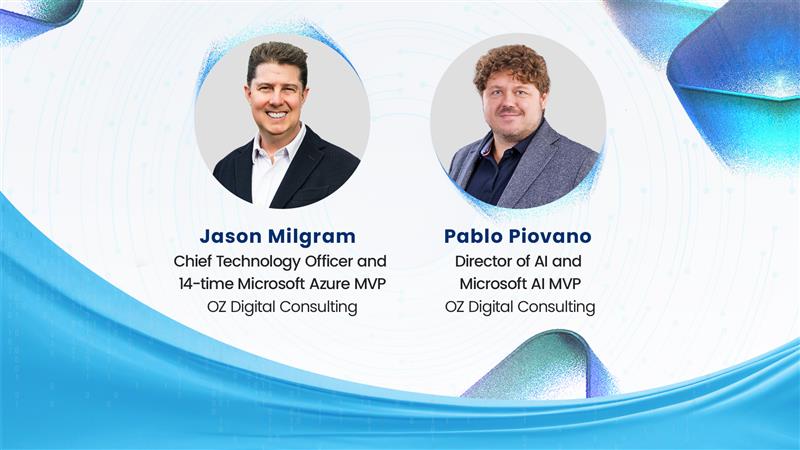By Imran Sabir
We’re connected to the world — and each other — like never before. But have you stopped to ask what makes it possible? What goes on behind the scenes, allowing us to do many things simultaneously? How do we book a flight, check-in online, and arrive at our destination with just a few clicks?
How does data travel, and how do all these different devices and applications connect with each other?
The Application Programming Interface or API is what makes this connectivity — we take for granted — happen.
In this post, we try to break down what APIs and Microservices are, why they’re different, and how they play a central part in everything we do — from shopping online to hailing a cab in the dead of night.
What is an API?
Definition: API is the acronym for Application Programming Interface — an intermediary that allows two software applications to talk to each other. They’re an accessible way to extract and share data within and across organizations.
In Plain Speak
An API is like a waiter at a restaurant. Let’s imagine the waiter (API) takes your order and then tells the kitchen (the system) what to do. Once the kitchen prepares your meal, the waiter delivers the food (in this case, the desired action) back to you. This is how the waiter goes back and forth with every customer, delivering what they want. APIs work the same way.
Real-world example
To carry the food analogy further, imagine you’re ordering food online from your favorite restaurant. What would you do? You would log into the restaurant website, select the items on the menu and place an order. Easy, right?
But what if you didn’t order from the restaurant directly? And instead, chose to use a food service app like Doordash or Uber Eats. In this case, the food service app would aggregate all the data from restaurants, including menu options, and show them to you with the help of APIs on the back end. Based on your selection, the app relays your meal preferences to the restaurant using APIs.
Get how it works. The API plays the role of a messenger going back and forth, connecting you to what you want.
Now that you’ve understood APIs let’s dig a little deeper.
What are Microservices?
Definition: A microservice is a part of the broader microservices architecture, which has a set of loosely coupled distributed microservices that work together towards a common goal. A full microservices architecture can have thousands of individual microservices.
In the past, software was developed as a single unit. Not very different from a sculptor who carves from a single slab of stone. The more features you added, the bigger and more complex the codebase became. Thanks to Microservices, developers can now work with smaller, discrete, independent modules faster and more efficiently.
In Plain Speak
Think about how you might build a house. Typically, a builder would have a team of on-site workers — start to finish — to build the house. It is a time-consuming and labor-intensive process where workers must perform several tasks simultaneously. On the other hand, if you were to build a modular home, you’d build them as composable parts to be assembled on-site, saving you time and labor costs. Microservices work similarly.
Real-World Example
Let’s say you want to build an online store and add individual services like payments, tracking, and analytics. Microservices provides standardized, individual blocks of code for each of these processes that you can plug in as and when you want.
Similarly, business capabilities can be built with smaller, composable building blocks, connected with well-designed APIs to help them communicate with one another. As your business grows, you can add more services by plugging in more pre-built features (for example, customer service, location, maps service, and so on). This architecture standardization and loose coupling of services mean they can be changed and improved individually without upsetting the entire system.
Now that you’ve familiarized yourself with APIs and Microservices let’s examine their differences.
APIs and Microservices: Key Differences
- APIs are the foundational component of microservices architecture.
- They are standardized wrappers that create an interface through which microservices can be packaged and surfaced.
- While microservices is the term used for the complete architecture for building an application — consisting of smaller, self-contained services — APIs are components of microservices.
The next time you discuss APIs and Microservices, you can have more productive conversations with developers and better understand the applications you use. If you’d like to know more about how they could play a role in your digital transformation, get in touch with our experts.
Fun fact: The term microservices was first coined by Dr. Peter Rodgers in 2005 and was initially known as “micro web services”.



